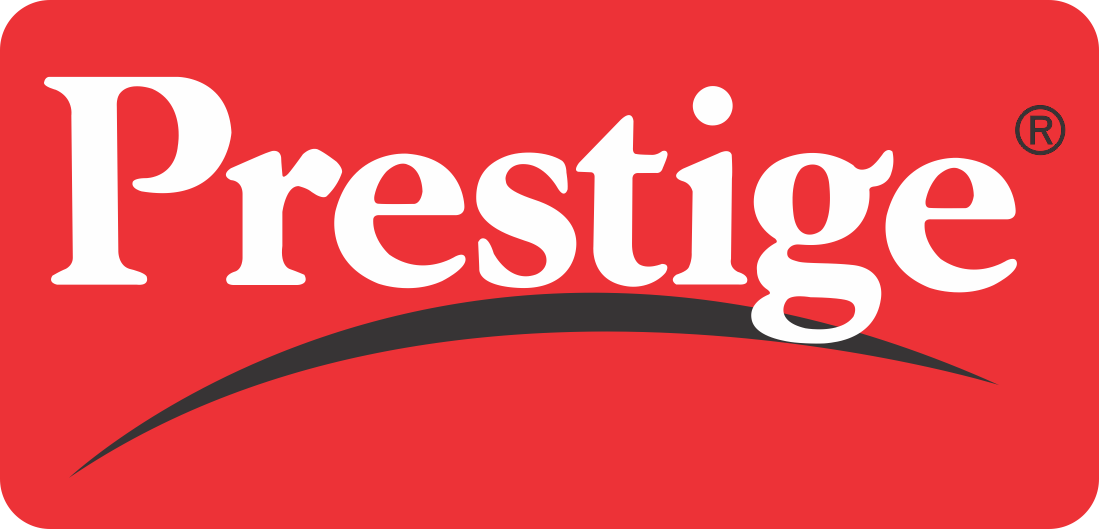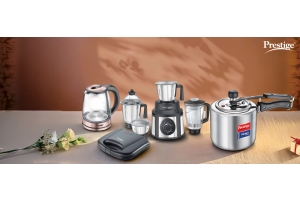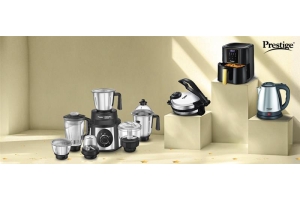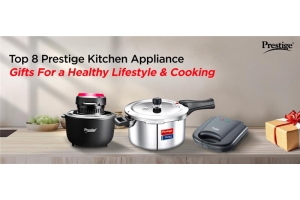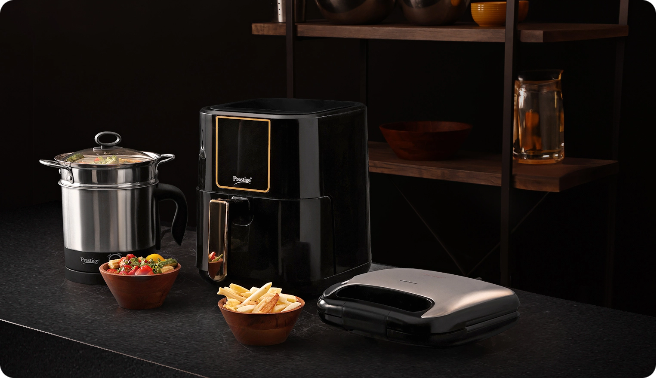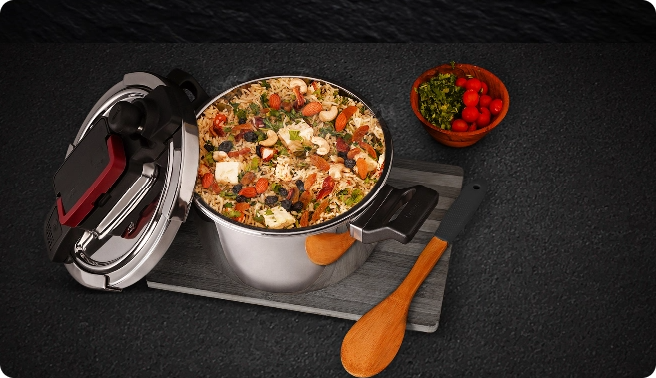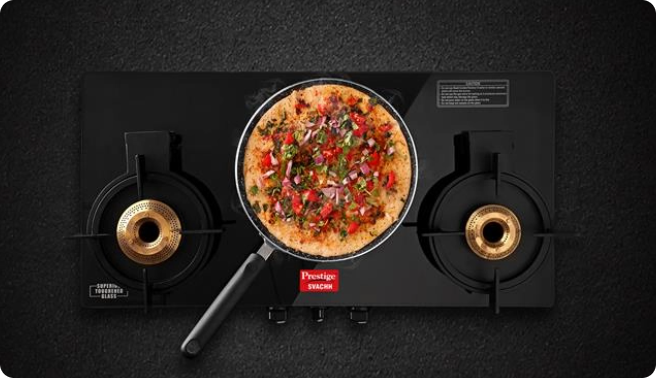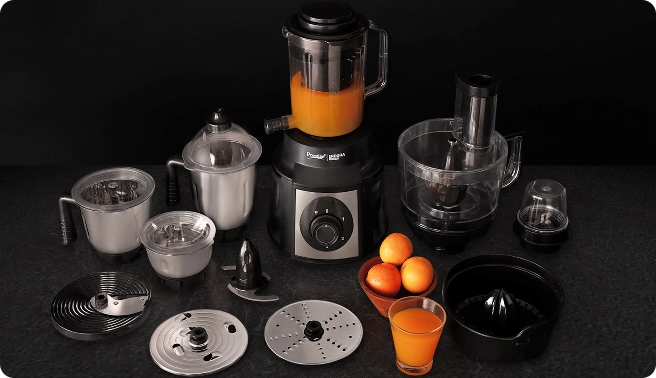Why Easy Cooking Methods Matter
In our fast-paced lives, mastering various cooking methods is essential for efficient and enjoyable meal preparation. Understanding the different types of cooking methods not only saves time but also enhances your culinary repertoire, allowing you to explore diverse cuisines with varied flavors and nutritional value. Whether you're a novice or an experienced home cook, familiarizing yourself with a range of cooking techniques can lead to healthier eating habits and a more sustainable approach to home cooking.
Top 10 Different Cooking Methods to Transform Your Routine
1. Boiling (Moist Heat)
Boiling involves cooking food in water or broth at 100°C (212°F). It's a straightforward method ideal for pasta, grains, and vegetables. While boiling is efficient, it can lead to nutrient loss in some foods, so it's best used when the cooking liquid is consumed, such as in soups.
2. Steaming (Moist Heat)
Steaming cooks food using vapor from boiling water, helping preserve more nutrients than boiling. It's ideal for vegetables, idlis, momos, and other delicate dishes, offering a tender texture without the need for added fats.
3. Poaching (Moist Heat)
Poaching gently cooks food in liquid at temperatures between 160°F to 180°F. This method works beautifully for delicate ingredients like eggs, pears, apples, stone fruits, or even paneer, maintaining their shape, softness, and moisture.
4. Grilling (Dry Heat)
Grilling uses direct heat from below or above to cook food, giving it a smoky flavor and beautiful grill marks. It's great for vegetables like bell peppers, zucchini, corn, mushrooms, or even fruits like pineapple, offering a charred exterior and juicy interior.
5. Roasting (Dry Heat)
Roasting involves cooking food in an oven using dry heat, suitable for meats and vegetables. This method caramelizes the surface, enhancing flavor and creating a crispy texture.
6. Baking (Dry Heat)
Baking cooks food by surrounding it with hot air in an oven, ideal for bread, pastries, and casseroles. It ensures even cooking and is essential for achieving specific textures in baked goods.
7. Sautéing (Dry Heat)
Sautéing quickly cooks food in a small amount of oil over medium-high heat. It's perfect for vegetables, meats, and seafood, allowing for browning while retaining moisture.
8. Frying (Dry Heat)
Frying cooks food in hot oil, creating a crispy exterior. It includes methods like deep-frying and pan-frying, commonly used for items like chicken, fries, and doughnuts.
9. Braising (Combination)
Braising starts with searing food at high temperatures, followed by slow cooking in liquid. This method is ideal for tougher cuts of meat, breaking down fibers to create tender dishes.
10. Stewing (Combination)
Stewing involves simmering small pieces of food in liquid over low heat for an extended period. It's perfect for creating hearty dishes like stews and curries, blending flavors thoroughly.
Each of these different methods of cooking food has its advantages and works best with specific types of ingredients. Learning them not only enhances your culinary skills but also opens up a world of recipe possibilities.
Dry Heat Cooking Methods
Dry heat cooking methods use air, metal, or fat as the medium to transfer heat to food without relying on water or moisture. These techniques are excellent for developing flavor, texture, and a rich, golden-brown exterior. Let's explore some of the key dry heat cooking methods:
- Grilling: This method uses direct heat from below (like a barbecue grill) or above (like a broiler) to cook food quickly, imparting a smoky aroma and beautiful char marks. It’s ideal for meats, paneer, vegetables, and even fruits like peaches or pineapple. Among all different types of cooking methods, grilling is a favorite for outdoor meals.
- Roasting: Commonly used for meats, poultry, and vegetables, roasting is done in an oven where hot air circulates around the food. It enhances flavor by caramelizing the natural sugars, producing a crisp exterior and juicy interior. Roasting is one of the most flavorful types of cooking methods, especially for whole meals.
- Baking: Similar to roasting but often associated with dough-based foods, baking uses steady dry heat in an enclosed space. It’s the go-to method for bread, cakes, cookies, and casseroles. As one of the most precise different methods of cooking, baking demands accuracy in time and temperature.
- Sautéing: This quick-cooking technique involves cooking food over high heat in a small amount of oil or butter. Perfect for vegetables, meats, and seafood, sautéing allows for browning while keeping the interior moist and tender. It’s among the most efficient dry heat cooking methods for everyday meals.
Moist Heat Cooking Methods
Moist heat cooking uses water, broth, or steam to transfer heat to food. These methods are gentle on delicate ingredients and help retain moisture and nutrients.
- Boiling: One of the simplest types of cooking, boiling cooks food in rapidly bubbling water or broth. It’s perfect for pasta, lentils, eggs, and vegetables. While some nutrients can leach into the water, the method is effective for bulk cooking.
- Steaming: Steaming uses hot vapor to cook food above the boiling point without immersing it in water. It retains most of the food’s natural nutrients, color, and texture. Steaming is often chosen for healthy cooking methods, especially for greens, fish, and dumplings.
- Poaching: Involves gently cooking food in liquid at temperatures just below boiling, usually between 160°F to 180°F. It’s great for delicate proteins like eggs, fish, and fruits, preserving their shape and tenderness. Among different methods of cooking food, poaching is ideal for light, clean flavors.
Combination Cooking Methods
Combination cooking methods use both dry and moist heat to enhance flavor and tenderness, especially in tougher cuts of meat or fibrous vegetables. These techniques are perfect for slow, hearty meals.
- Braising: Braising starts by searing food using a dry heat method (like sautéing), then simmering it in a small amount of liquid in a covered pot. It works well for tougher meats like lamb shanks or pork shoulder, breaking down connective tissue and infusing rich flavor.
- Stewing: Stewing is similar to braising but involves cooking smaller, evenly cut pieces of food fully submerged in liquid over low heat for an extended period. It’s ideal for curries, soups, and one-pot meals. As one of the more time-intensive cooking methods, stewing is rewarding in depth and flavor.
Making Easy Cooking a Habit: Tips for Long-Term Success
- Start Simple: Begin with a couple of easy cooking methods like sautéing or steaming, and master them before branching out.
- Plan Meals: Creating a weekly meal plan can help you explore different methods of cooking food without getting overwhelmed.
- Invest in Tools: Equip your kitchen with essentials like a good non-stick pan, a pressure cooker, or a steamer to support a variety of types of cooking.
- Batch Cook: Plan a week’s worth of meals, Cook larger quantities and store portions to make weeknight meals quick and hassle-free.
- Keep Learning: Try new ingredients and cooking techniques to keep things exciting and sharpen your culinary skills.
Choosing the Right Easy Cooking Method for You
Selecting the right cooking method depends on your preferences, health goals, and available time:
- Time-Sensitive Cooks: Choose sautéing, grilling, or boiling for quick results.
- Health-Conscious Cooks: Steaming and poaching are ideal low-fat cooking methods.
- Flavor Seekers: Try roasting or braising to unlock deep, caramelized, or slow-simmered flavors.
- Tool-Based Cooks: If you have an oven, go for baking and roasting. For stovetop users, boiling, sautéing, and frying are easiest to start with.
Conclusion: Journey to Effortless Cooking Starts Now!
Understanding the different types of cooking methods empowers you to cook smarter, healthier, and with more creativity. From dry heat cooking methods like grilling and baking to moist heat and combination techniques like steaming or stewing, mastering these skills means you're always ready to whip up something delicious. Whether you're short on time or experimenting with a weekend special, knowing what the methods of cooking are gives you an edge in the kitchen. With the right support—such as TTK Prestige’s wide range of appliances, cooking utensils, and kitchen tools designed for modern Indian kitchens—you can simplify your efforts and elevate your meals. Start small, stay consistent, and let these cooking techniques transform your kitchen routine.
Frequently Asked Questions (FAQs)
1. What are the methods of cooking everyone should know?
A. The essential types of cooking methods include boiling, steaming, grilling, roasting, baking, sautéing, frying, poaching, braising, and stewing. With TTK Prestige cookware and appliances, these methods become easier and more efficient to execute.
2. Which cooking methods are the healthiest?
A. Steaming, poaching, and baking are among the healthiest methods of cooking food because they require minimal oil. Prestige’s electric steamers, air fryers, and OTGs support oil-free cooking while preserving flavor.
3. How can I remember the different types of cooking methods?
A. Think in categories—dry heat (e.g., grilling, baking), moist heat (e.g., boiling, steaming), and combination (e.g., braising, stewing). TTK Prestige’s multi-functional cookware often supports multiple methods, helping you learn by doing.
4. Are dry heat cooking methods better than moist heat?
A. Each method has its benefits. Dry heat adds texture and browning, while moist heat preserves tenderness and nutrients. With tools like the Prestige Grill, you can easily explore both types of cooking methods.
5. What tools help with different cooking techniques?
A. To explore different methods of cooking food effectively, consider using Prestige’s pressure cookers for moist heat, non-stick pans for sautéing and frying, OTGs for baking and roasting, and induction cooktops for precision heat control. These tools are designed to simplify your cooking journey, no matter your skill level.
